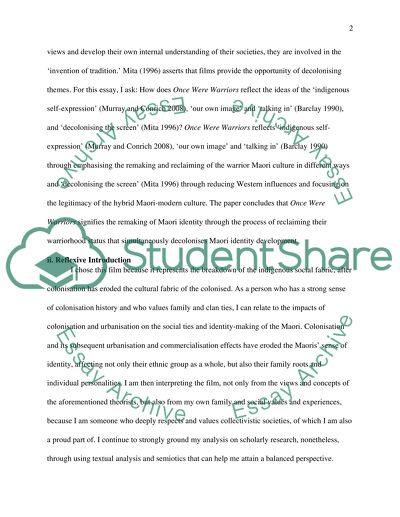Cite this document
(“Maori Identity Expression and Development in Once Were Warriors Essay”, n.d.)
Retrieved from https://studentshare.org/visual-arts-film-studies/1484450-essay-about-film-studies-and-literature-review
Retrieved from https://studentshare.org/visual-arts-film-studies/1484450-essay-about-film-studies-and-literature-review
(Maori Identity Expression and Development in Once Were Warriors Essay)
https://studentshare.org/visual-arts-film-studies/1484450-essay-about-film-studies-and-literature-review.
https://studentshare.org/visual-arts-film-studies/1484450-essay-about-film-studies-and-literature-review.
“Maori Identity Expression and Development in Once Were Warriors Essay”, n.d. https://studentshare.org/visual-arts-film-studies/1484450-essay-about-film-studies-and-literature-review.


